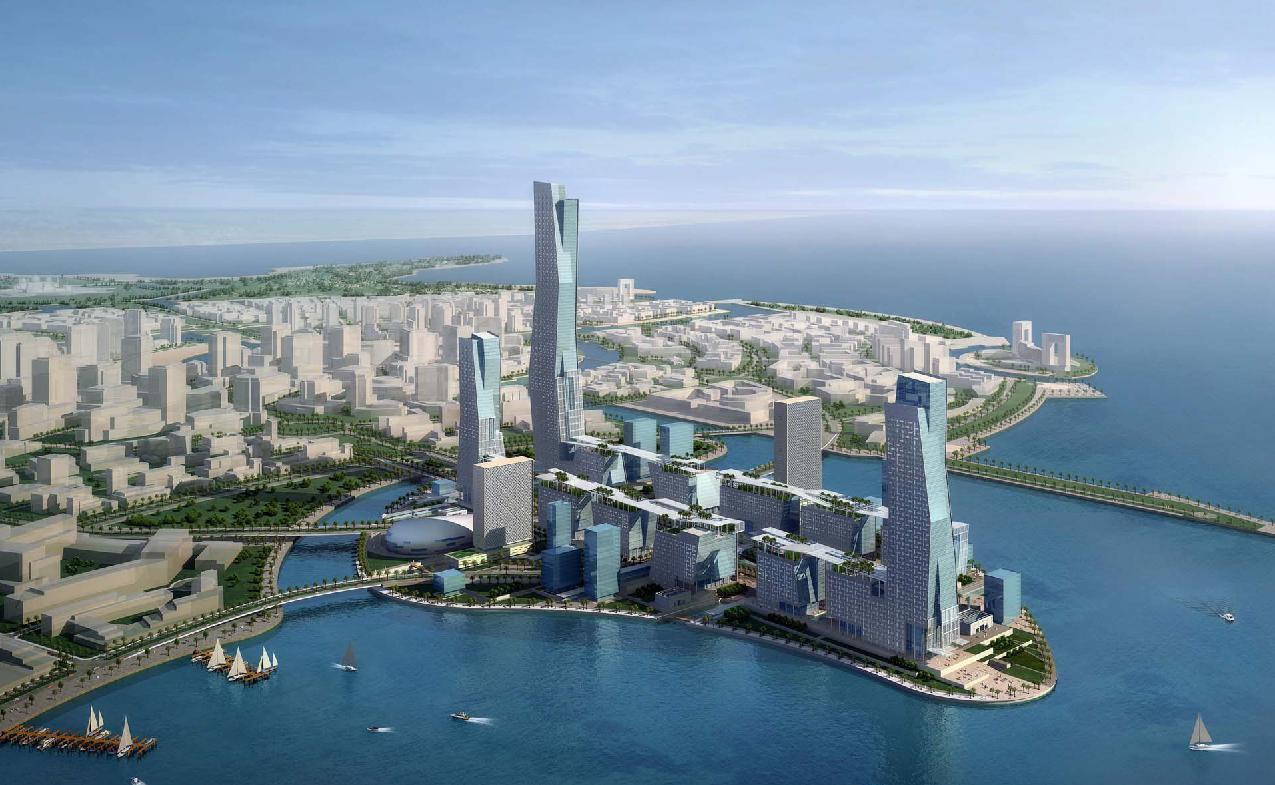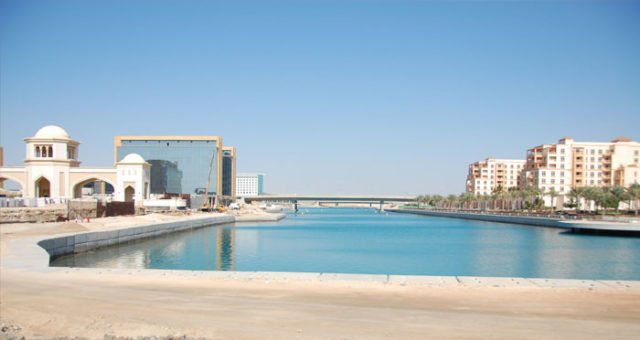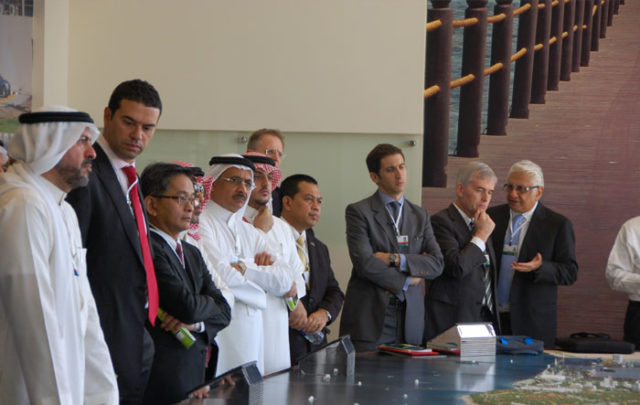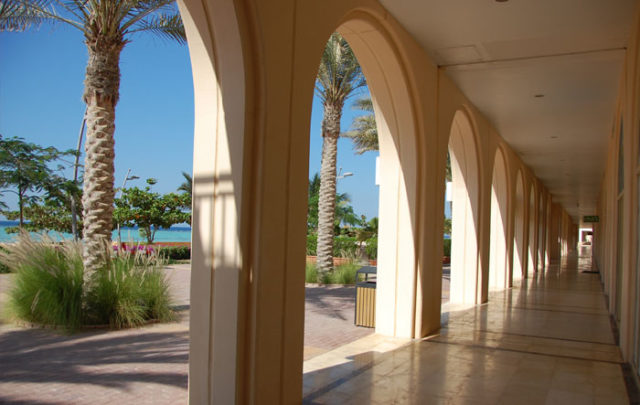
Re-envisioning our Urban Future through New City Projects
May 21, 2016 — Blog
The future is urban for the majority of the world’s population. This is evidenced by unprecedented rural-urban migration, sprawl and informal settlements. It is also demonstrated by a sharp uptick in mega-developments, including brand new, master-planned cities. Over the past decade or so, dozens of new urban mega projects are popping up across Asia, the Middle East and Africa at an astonishing rate.
Until very recently, there had been little collective discussion about this increasingly ubiquitous unit of development. Builders of new cities had only been in ad hoc contact with one another.

The first ever forum to discuss new urban mega projects
In November 2013, the New Cities Foundation set about to change this by organizing Cityquest – KAEC Forum. It was the first ever platform for the builders of new cities – nine in total – to present and discuss their visions with other top decision-makers, architects, investors, consultants and designers from across the world.
The event was hosted by King Abdullah Economic City, commonly called KAEC (pronounced ‘cake’), one of four new master-planned cities being built in Saudi Arabia with the goal of diversifying the kingdom’s economy away from oil. The Forum was envisioned as an initial opportunity for key players driving new cities to sit down in a room together and speak openly, under conditions of confidentiality, about common challenges and strategies for the future of these massive urban centers.
Participating cities in the Forum represented a spectrum of political, economic, and cultural contexts including East Asia (Songdo, South Korea), Southeast Asia (Putrajaya and Iskandar Malaysia, both located in Malaysia), South Asia (Lavasa and Gujarat International Finance Tec-City, India), the Middle East (King Abdullah Economic City, Saudi Arabia and Rawabi, Palestine), Europe (HafenCity Hamburg, Germany) and North Africa (King Mohamed VI Green City, Morocco).
When building a city from scratch, there are no ‘rules’
One common point that cropped up among the CEOs gathered was the question of unpredictability. When building a city from scratch, there are no ‘rules’ and many aspects of management remain open: which zones of the city to build in which order, what incentives to offer to which potential residents and businesses, how to strike the right balance between satisfying investors and providing public amenities to residents, and so on.

Builders of new cities see themselves as pioneers who are charting new waters without a map. Even if they are successful at securing financing, attracting experts to design the city, and drawing residents, there is ultimately no guidebook or clear path to success.
In this way, each city feels like a grand experiment. Employing new technologies may or may not be a good investment, the city may not attract its desired residents, the scale and timeline may prove to be overly ambitious, and projects may fall short of expectations.
New cities represent an unprecedented opportunity to avoid repeating mistakes of the past
On the other hand, new cities represent an unprecedented opportunity to avoid repeating mistakes of the past and to address the global urban housing shortage. Starting from scratch means we can implement progressive and inclusive planning practices, prevent problems that plague cities around the world (crippling congestion, social divisions, inefficient and wasteful systems, poor public transit), while selectively reproducing the functionality, beauty, strategic aspects and competitiveness of existing cities.
It is cause for optimism that recently built cities such as Vancouver, Calgary and Melbourne regularly top livability indexes.
It is cause for optimism that recently built cities such as Vancouver, Calgary and Melbourne regularly top livability indexes. Newness does not necessarily have to mean that a city is sterile or boring and, given sound planning and the flexibility to evolve, new cities have the potential to develop into socially and economically vibrant and beautiful places.

Yet the past cannot so easily be left behind. The legacy of early modern top-down planning can still be seen in some contemporary mega-projects. We need to be wary of the attitude that city construction is purely the domain of ‘experts’ who can ‘crack the code’ of urbanism, as if cities are a puzzle that can be solved.
Today, highly sophisticated visualization tools can fuel the myth that new cities offer an automatic fix to complex social problems. Computer-generated models are so professional and realistic that the ideas underlying new cities – even new cities themselves – can seduce decision-makers into believing that the ‘ideal’ city is possible and just within reach.
However, Cityquest participants generally acknowledged that just because we have the ‘right’ tools and infrastructure, it does not mean that we can successfully automatically attract the ‘right’ types of people. We can construct ‘smart’ cities, ‘eco’ cities and employ leading-edge engineering practices, yet people may still not wish to relocate there.
For a city to attract and retain residents, it needs to have soul, spirit, dynamism
For a city to attract and retain residents, it needs to have soul, spirit, dynamism – and a host of other intangible features. Increasingly, the very notion of new cities is becoming normalized as something a country does to boost its economy, provide housing, or create a special economic zone. While the rationale for building some new cities is compelling, we might ask ourselves, is a new master-planned city necessary for achieving a country’s economic and social goals? Are there other ways to invest in a country’s success?
As citizens and policy-makers, we might ask ourselves, are new cities intended to spark broader change in a country? Will these cities become models of urban functionality and inclusivity? Will they enhance existing social and economic divides by capitalizing on their position as “islands” of order in an ever-expanding sea of urban chaos? I’m excited to see the answers to these questions unfold.